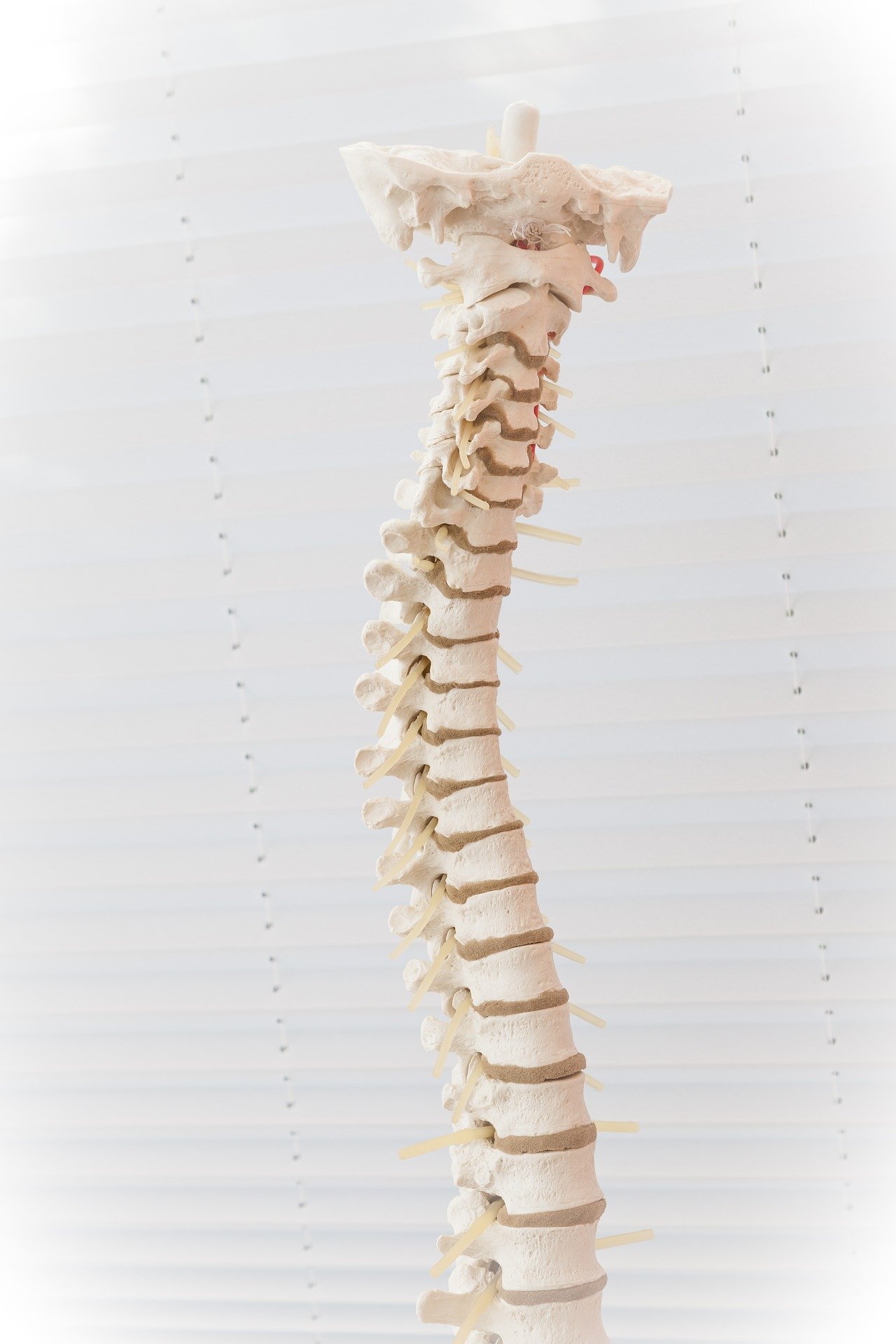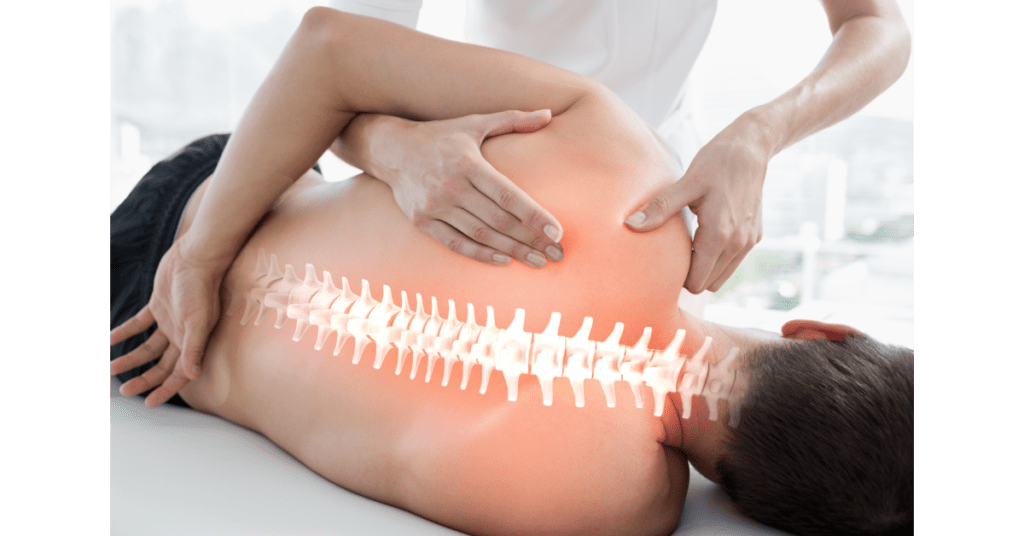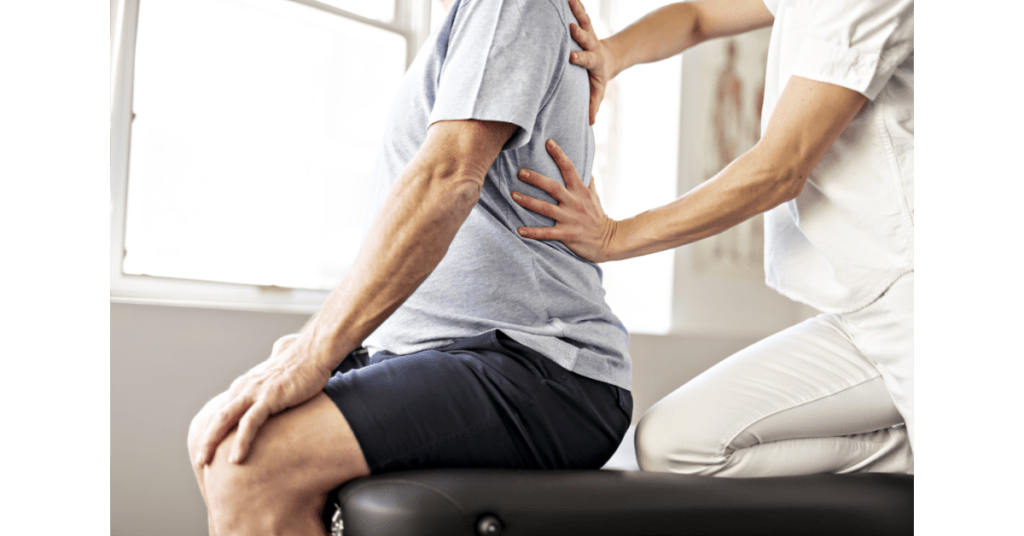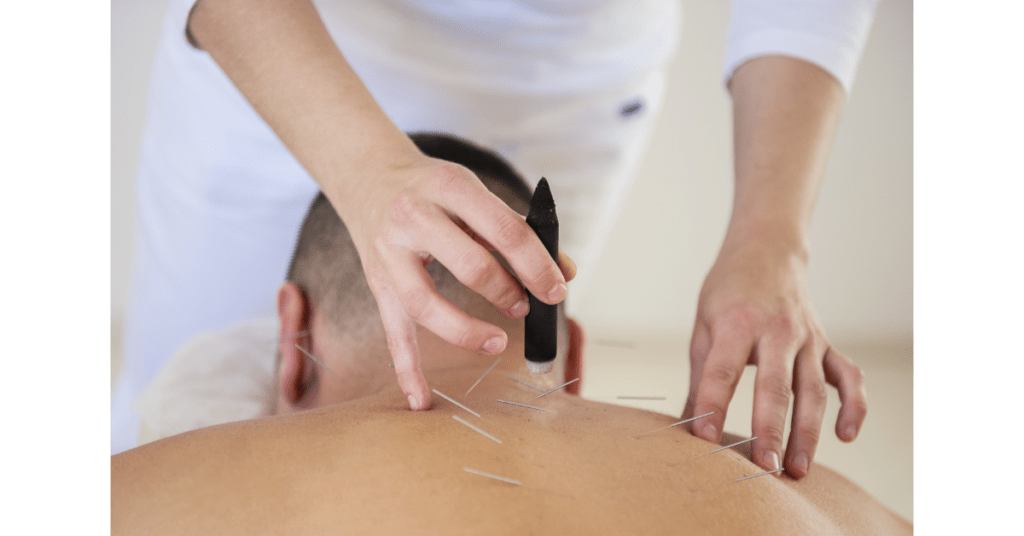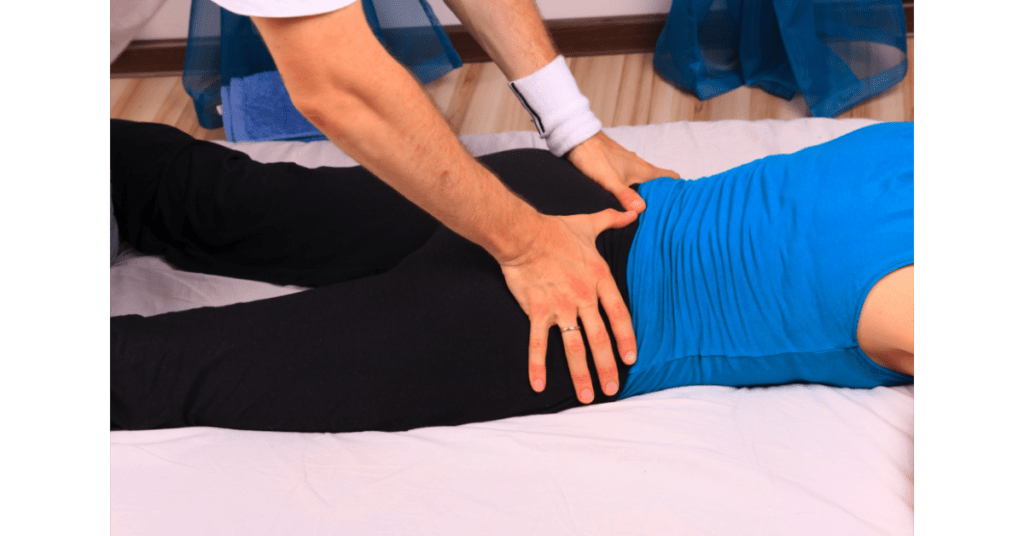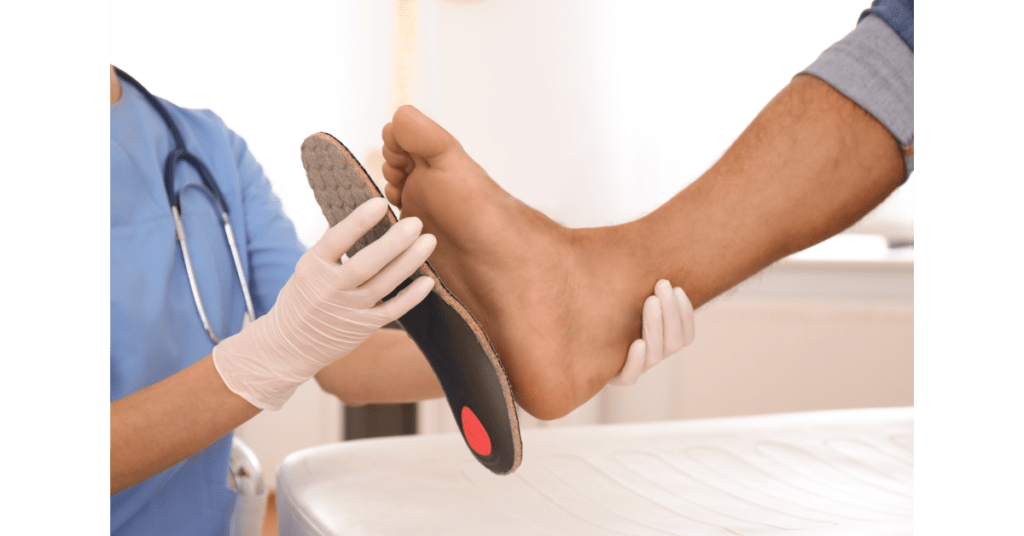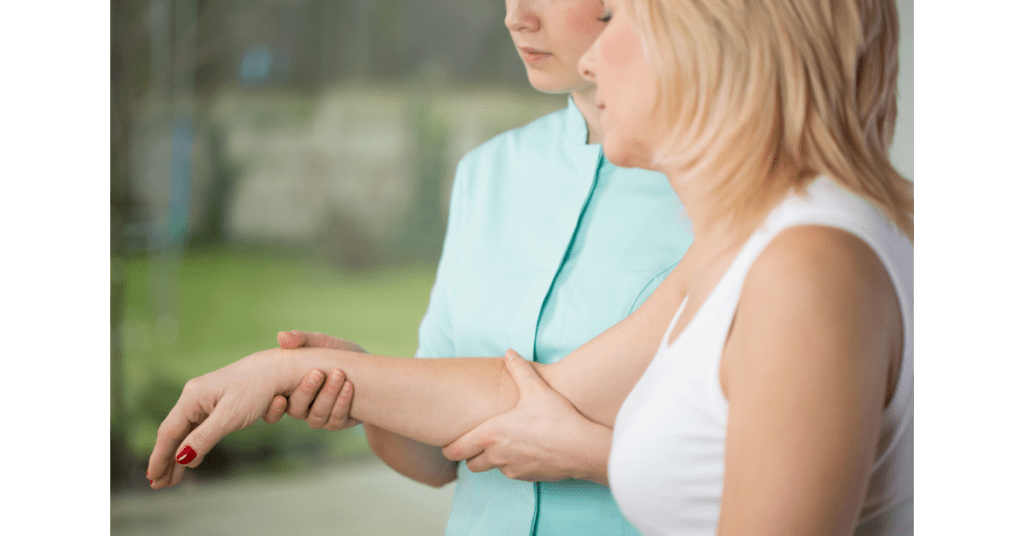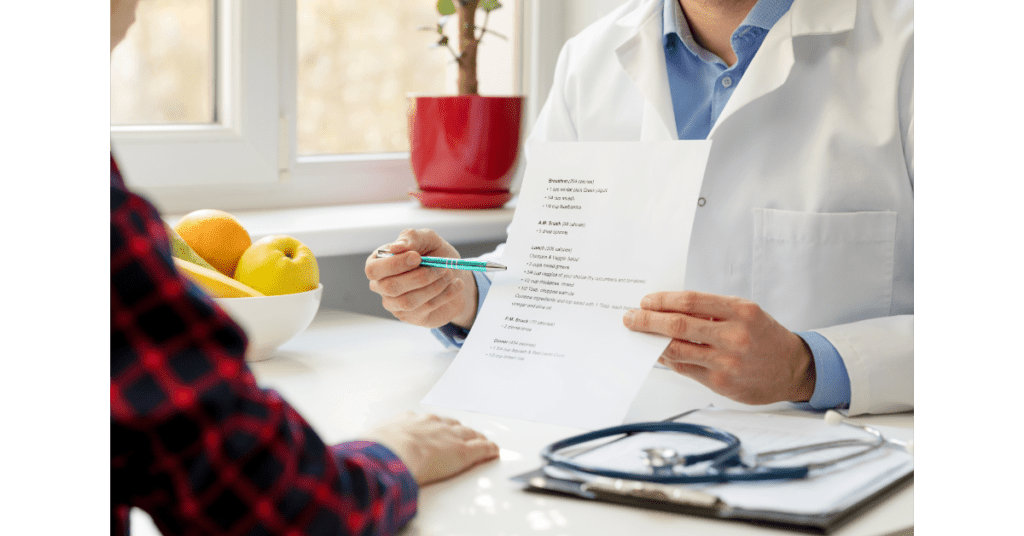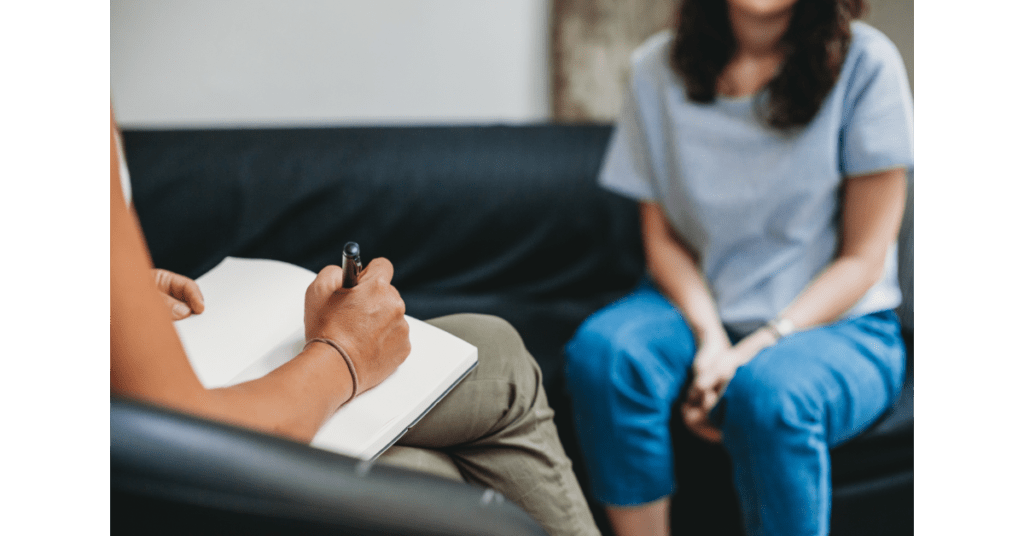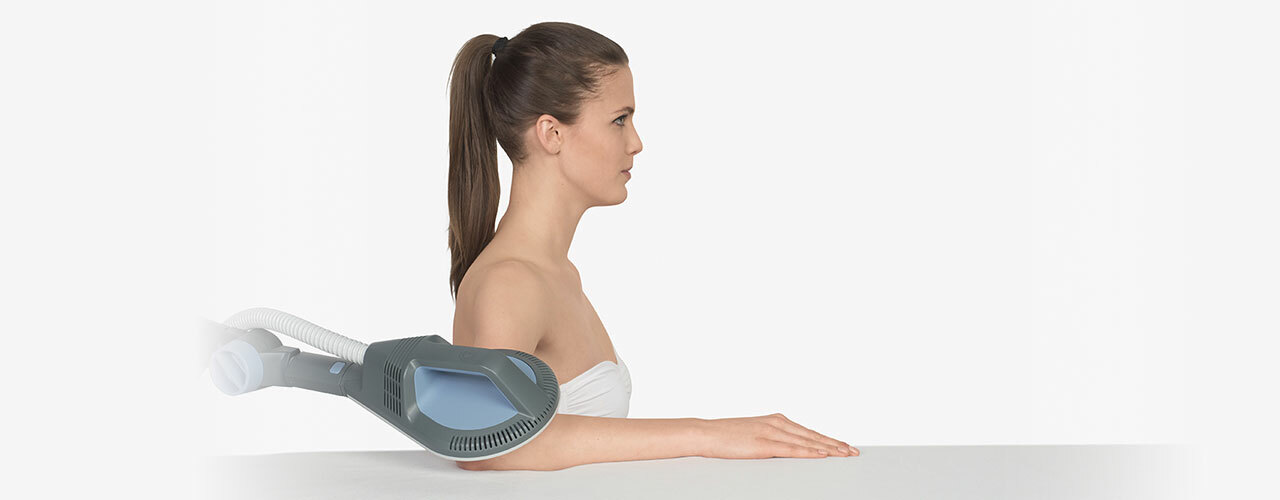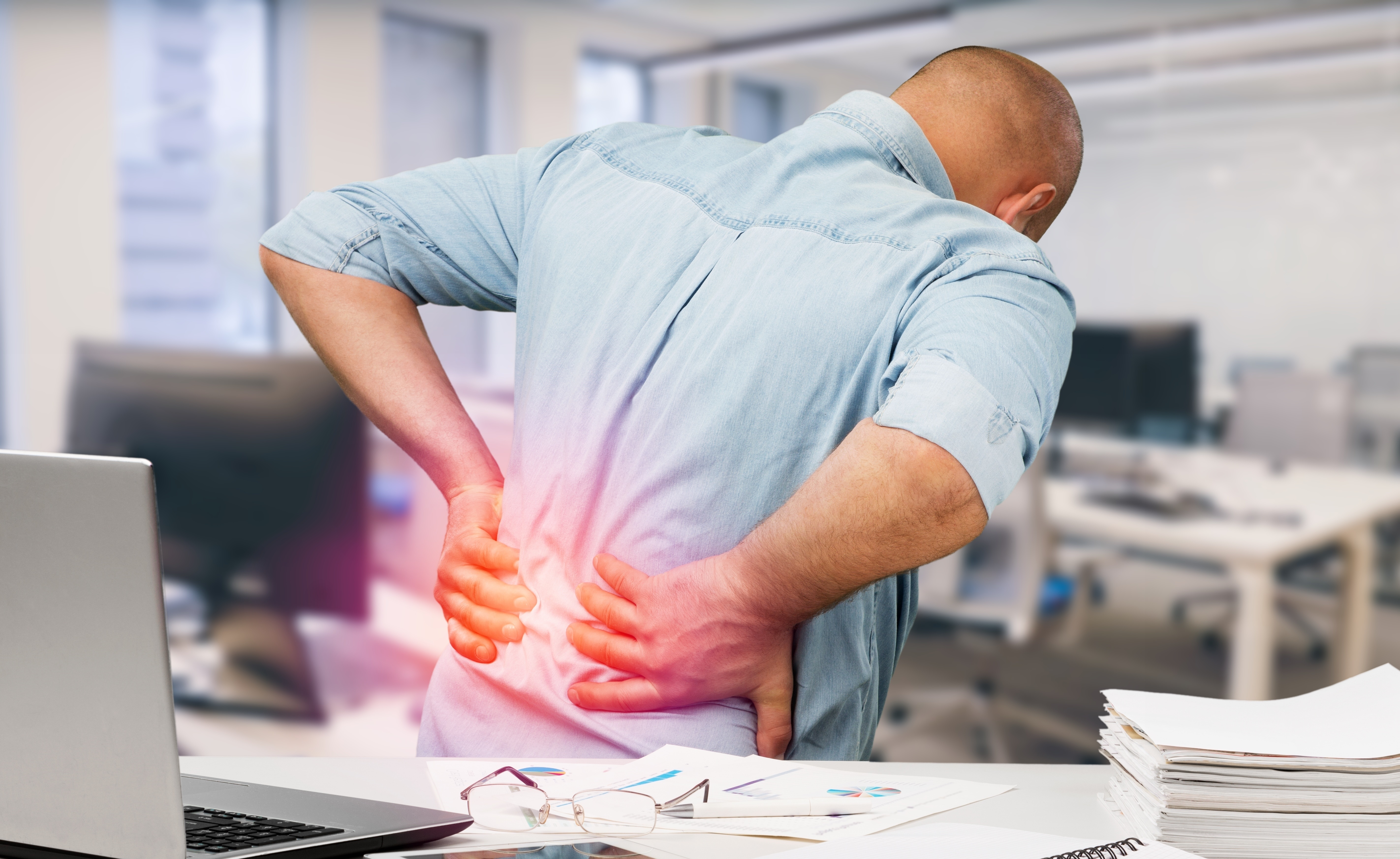What is Juvenile Scoliosis?
The side-to-side or sideways curvature of the spine in either an ‘S’ or ‘C’ shape is called Scoliosis. The sideways spinal curve is measured using an X-ray. Any curve of at least 10 degrees is considered scoliosis. This condition is most common among growing children and can range from mild to medium and severe. Juvenile scoliosis refers to children in the age group of four to ten affected with scoliosis. Spinal curves are categorized as structural or non-structural.
What is non-structural or functional scoliosis?
In scoliosis, the spine looks curved, but is normal and functions normally. Once the underlying cause is treated, the curve itself may go away or get corrected. In structural scoliosis, the curve of the spine is rigid and fixed and cannot be corrected. However, it can be prevented from becoming worse.
What causes Juvenile Scoliosis?
In children, the cause of structural scoliosis is not known. This is referred to as idiopathic. Depending on the age of the individual when the scoliosis is observed, idiopathic scoliosis is categorized into infantile, juvenile, or adolescent. Infantile scoliosis occurs in children between birth and age 3. This group forms about 1% of all idiopathic scoliosis cases. Out of these almost 60% are boys. Juvenile scoliosis occurs in children between ages 4 and 10. This group forms about 10-15% of all idiopathic scoliosis cases. Adolescent scoliosis occurs in children between ages 10 and until end of growth. This group forms the largest of the three categories, which is because of growth spurts or just before the onset of puberty.
Although the cause of 85% of structural scoliosis is not known, it can be due to neuromuscular conditions like cerebral palsy or muscular dystrophy, also known as myopathic scoliosis or due to Marfan syndrome or Poliomyelitis. Congenital scoliosis or the development of the vertebrae caused due to birth defects, affects 1 in 10,000 babies. Other causes can be tumors, lesions, metabolic disorders or back injury infections. Non-structural scoliosis is less common in comparison with structural scoliosis. The former can be caused due to the difference in leg length or inflammation on one side of the spine, perhaps because of pneumonia or appendicitis. It can also be the result of muscle spasms in the back that pull the spine in a sideways direction and genetics (it usually runs in the family). Although both boys and girls can develop juvenile scoliosis, girls seem to have a higher risk of developing severe scoliosis.
What are the signs and symptoms of Juvenile Scoliosis?
Mild curves in the spine appear gradually but go unnoticed, as they do not cause any pain. Initially one may notice the slight curve in the spine when a child is having a bath or observe awkward fitting of clothes. However, the actual symptoms that become visible in moderate to severe juvenile scoliosis, are the difference in leg length while standing, one shoulder blade looking more prominent than the other, flat waist on one side or uneven waist or that one hip is higher than the other. This condition may even impact the way the child walks. Other possible symptoms can be reduced range of movement in the spine or the head does not look centered on the body. It is also possible that the rib cage twists and presses against the lungs and heart, causing trouble while breathing or leading to heart ailments. Higher stress on the joints and discs in the spine can also cause inflammation and back pain.
How is Juvenile Scoliosis treated?
Juvenile scoliosis is treated in different ways and usually depends on the cause, its severity and likelihood of progression. Most idiopathic juvenile scoliosis cases (around 90%) are mild. The condition has to be reviewed by a physician regularly every 4 to 6 months, until the child reaches full skeletal maturity. By then the risk of the curve progressing is reduced. A brace may be used to stop progression. In severe cases, the condition becomes worse as children grow and can even become disabling. In such a situation surgery may be required.
Physiotherapy for juvenile scoliosis includes exercises that can help keep the back flexible and strong. To prevent the curve from becoming worse with the growth of the child, bracing is recommended. A back brace is usually effective for growing children with a curve of 25-30°. Children remain active and participate in most activities while wearing a brace. When the bones reach maturity or stop growing, the brace may not be required. Bracing helps avoid surgery or at least postpone it until an older age. In severe conditions, if a brace does not help, surgery may be needed. Spinal fusion surgery is undertaken to prevent scoliosis from becoming worse and to straighten the spine. Physiotherapy becomes essential for rehabilitation.
Physiotherapy for Juvenile Scoliosis
Physiotherapy is a non-surgical and drug-free treatment. The main aim of physiotherapy is to increase strength, function, mobility and quality of life. Physiotherapy for juvenile scoliosis is based on individual condition and requirements. It can include exercises, bracing and therapies. Stretching, strengthening and range of movement exercises along with functional retraining may be required. Assistive devices include orthotics and bracing to support and absorb the shock from regular tasks. Patient education and pain-relieving therapies include Manual therapy, joint and soft tissue mobilisations, chiropractic and massage therapy to help reduce the pain and discomfort.
Are you concerned about the symptoms of juvenile scoliosis? Consult a physiotherapist at 3630 Lawrence Ave E, Scarborough, ON M1G 1P6, or at 200 Marycroft Ave, Unit #6, Woodbridge, ON, L4L 5X9 and book an assessment now.
Can Juvenile Scoliosis go away on its own?
Yes. Juvenile Scoliosis can go away without bracing or surgery because it is caused due to growth spurt. However, if any symptoms are observed, it is imperative to consult a physician and find out the underlying cause. Even a slight curve can get worse over time. Typically, after adolescence, the risk of the curve becoming worse reduces because the child’s bones stop growing. Since juvenile scoliosis affects children between the ages 4 through 10 it is easier to treat when detected during the early stages, even if it is moderate or severe. Curves that occur in the middle of the back, in the thoracic spine, are likely to become worse than curves in the lower (lumbar) or upper (cervical) region of the back. Further, curves that are larger and ‘S’ shaped are likely to become worse with time than smaller or ‘C’ shaped curves.
Can Adult Degenerative Scoliosis be prevented?
No. Juvenile scoliosis cannot be prevented. People who have had juvenile scoliosis as children are at a greater risk of getting severe back pain when older. In such conditions, it is important to consult a qualified physiotherapist to provide you a personalized treatment plan to deal with your specific concerns. There are a few steps one can take to prevent or reduce the chances of developing back pain. These measures include exercises, maintaining a healthy weight, taking a non-inflammatory diet and drinking sufficient water (at least 8 glasses per day). Regular stretching exercises like tai chi or yoga for at least 30 minutes a day, avoiding refined and processed foods and sugar, and reducing stress on the facet joints of the spine, can be beneficial. Additionally, using an ergonomic chair when at work, wearing orthotics and proper supportive shoes, practicing correct posture, carrying a lighter bag or purse over the shoulder, and moving around, rather than sitting in one position for a long period, are helpful.
Are you looking for physiotherapy or a Chiropractor? If Yes, then visit Simply Align Rehab Physio in Scarborough/Toronto or Woodbridge/Vaughan or you can always call or text us for your Physiotherapy or Chiropractor needs in Toronto at (416) 438-3230 or For Physiotherapy or Chiropractor need in Vaughan (Woodbridge) at (905) 638-9840.

